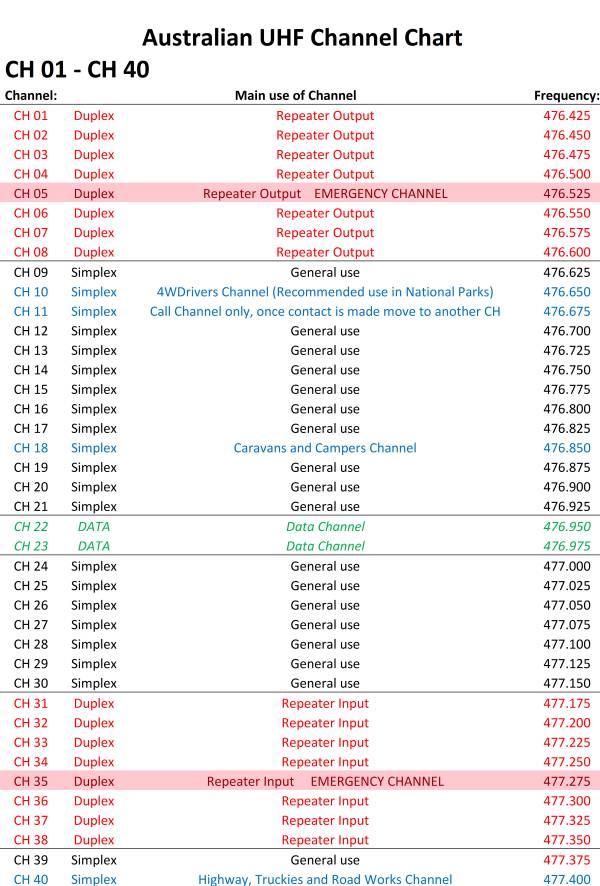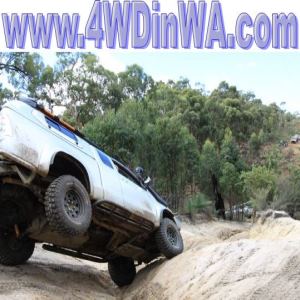
UHF Antenna.
Choosing the right UHF antenna is important as more powerful antennas can broadcast signals further and clearer.
However a lower gain or less powerful antenna can broadcast better in hilly terrain, as the angle of the aerial matters less. Lower gain antennas are 3db or lower, for distance over flat terrain a 6db UHF (ultra high frequency ) antenna or higher will suit better.
Even with a lower gain aerial/antenna it still won't guarantee the signal will be carried 100% clear over a hill.
Hills and buildings can still weaken signals
but a lower gain antenna will increase the chance of carrying a full clear
signal beyond any obstacles.
See diagram below for a clearer explanation.


UHF Antenna 3 dB vs. 6 dB.
Which UHF antenna and what is dB?
dB or Decibel is a logarithmic unit (a scale of measurement) that indicates the ratio of a physical quantity (for scientific details see wikipedia.org ).
Without too much detail every time power is doubled you add 3 dB. 3 dB is twice the power, 6 dB is 4 times the power, 9 dB is 8 times the power and 12 dB is 16 times the power.
This does not mean that antennas are only available in 3 dB increments, there are many different dB’s between.
4.5 dB – 6.5 dB are very capable antennas for off roading as they provide great radiation patterns.
UHF radio settings:
What is Simplex mode?
Simplex mode is the standard operation on the UHF radio; it transmits and receives on the channel in use.
Line of sight is the normal operating range depending on which UHF antenna is used.
What is Duplex mode?
Duplex mode is a setting on the UHF radio (see manufactures manual on how to activate the Duplex mode), its function is to enable transmitting on one channel whilst receiving on another.
CH 1 on Duplex mode will receive on CH 1 but will transmit on CH 31. The repeater will receive the message/call on CH 31 and will retransmit on CH 1.
The same goes with CH 2; the UHF will transmit from CH 32 and will receive on CH 2.
See UHF channel chart for Duplex channels.
Important information when using a Duplex Channel:
Duplex mode is recommended to be permanently ON when using CH 01 to CH 08.
Do not use these channels in Simplex mode as it will interfere with other users.
The same goes for CH 31 – CH 38, in this case your voice will be carried hundreds of km away and could make the repeater unusable during your broadcast.
If Simplex mode (standard use of UHF CB Radio) is only required, then just keep away from the Duplex channels and there will be no problems with anyone’s broadcast.
Duplex mode and Repeater towers:
A UHF in a vehicle on simplex mode has limited range. 3-7 km or line of sight is what the UHF antenna is capable of in most cases.
If there are hills or large buildings blocking the line of sight the radio signals may not be transmitted clearly and sometimes not at all.
This is where repeater towers and duplex mode can assist the two way communication.
Repeater towers are usually found on top of hills, buildings such as water tanks and broadcast towers.
Using Duplex mode enables the use of repeater towers, with a tower the signal can be carried around 30 - 100 km away and also enables communication with people on the other side of the hill/mountain.
Two UHF Antennas on one UHF Radio.
Q: Why use two antennas?
A: Well as shown above 3dB works better in hill terrain and sand dunes, 6dB and higher gain works better on the flat landscape. The idea is when 4 wheeling in hilly country or sand dunes switch to the 3dB antenna and when on the highway use the 6dB for better coverage.
Option A: Using two antennas with one CB radio is easy setup if using a switch to toggle between the two antennas. And works fine with no problems. Today there are UHF radios, on the market available with 2 antennas outlets.
Option B: Setting up two antennas to feed live signals at the same time off one UHF CB Radio is possible but not worth the effort involved. The antennas have to be apart the right amount of distance and the cables running from the UHF radio to both antennas must be the exact same length, otherwise there will be interference and all sorts of problems. Its real technical to setup and the money involved may not be worth it in the end.
Option C: Install two UHF radios with each having its own antenna, yet you still need to be careful how close the antennas are apart from each other. It would be wise not to put them both on the same side to prevent any interference.
Recent Articles
-
Goodyear wrangler MTR
Jun 28, 24 10:27 PM
I have these on my defender 90 and my Dmax Ute. I get around 100,000 km out of them. I tried AT for one change and went back to the MTs. They are gol -
4x4 off road tracks 0 to 250 km from Perth
Nov 21, 23 07:40 PM
On this page we cover 4x4 off road tracks within a 250 km radius from Perth... -
4 Wheeling Around Jurien Bay.
Nov 21, 23 07:35 PM
Jurien Bay 4x4 tracks info and general information about the area...
- Home
- Off Road Communication
- UHF Antenna
Leave UHF Antenna And Go To 4 Wheeling In Western Australia.





